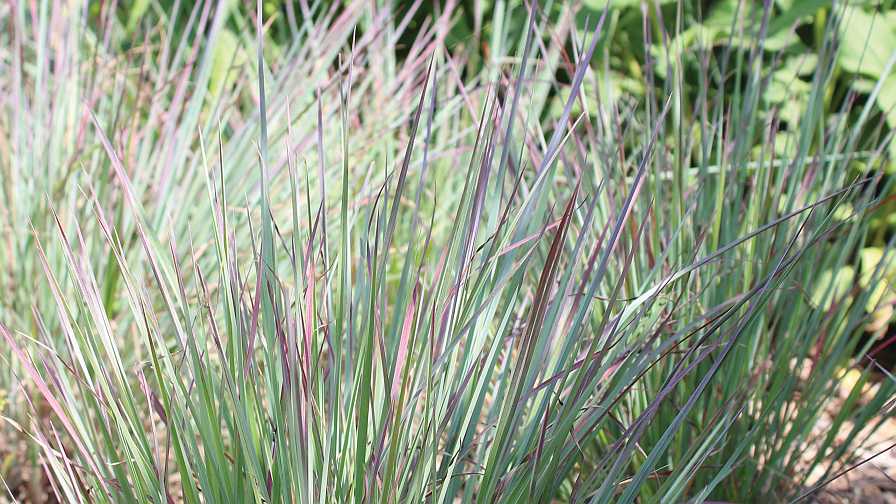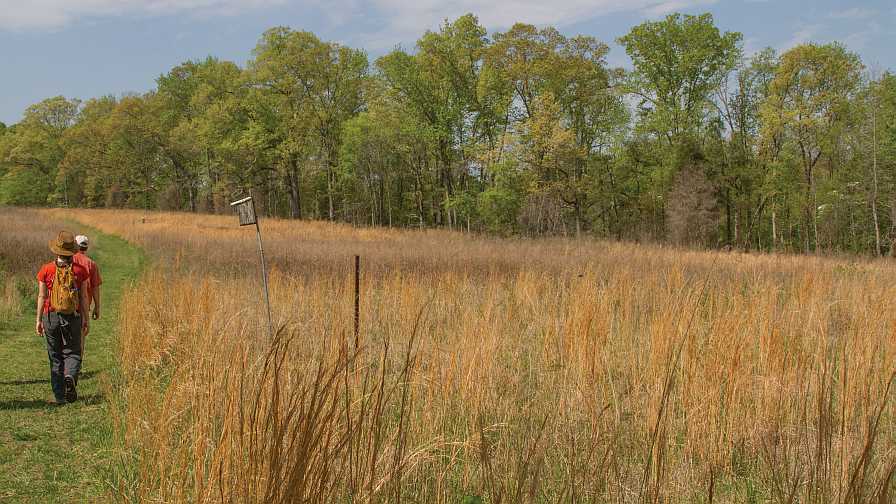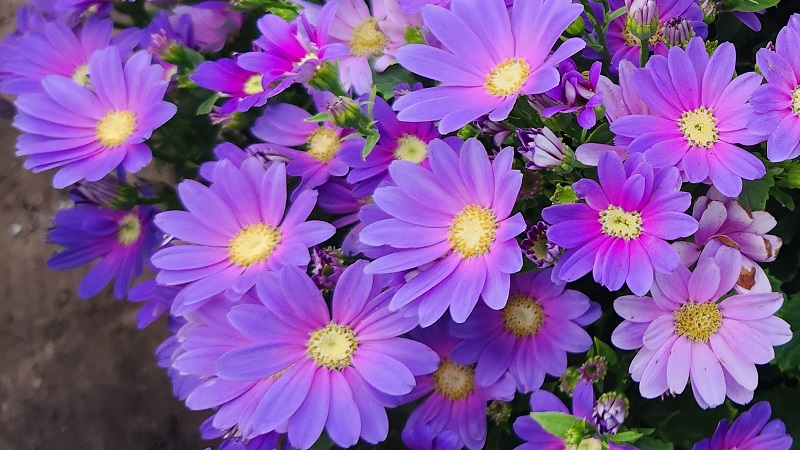Behold the Magic of Warm-Season Grasses

Warm-season grasses like Sorghastrum nutans are highly efficient in their use of sunlight, water, and nitrogen.
Photo courtesy of Hoffman Nursery
It finally clicked. Working with grasses, I knew about the distinction between warm season and cool season. I had written about it and included it in presentations. But it took a webinar on native, warm-season grasses to understand how magical and fascinating that distinction is.
Most land-based plant species (85%) fix carbon using a C3 photosynthetic process. We commonly call them cool-season growers. But planetary changes occurring millions of years ago made portions of the Earth hotter, drier, and sunnier. Levels of atmospheric carbon dioxide (CO2) dropped, all of which reduced the efficiency of the C3 process. Under environmental pressures, grasses developed a different way to do business: the C4 photosynthetic pathway.
Structural and chemical adaptations give C4 grasses greater growth potential and greater efficiency in use of water, sunlight, and nitrogen. They photosynthesize most efficiently when soil and air temperatures are high and are common in warm, sunny regions throughout the world. C4 grasses can use up to 80% of available sunlight, while C3 grasses can only take advantage of 15% to 30%. C4 grasses can use up to 80% of available sunlight, while C3 grasses can only take advantage of 15% to 30%.
Compared to C3 grasses, C4 grasses can produce the same amount of biomass using one-third to one-half of the water. On one-half the nitrogen, they can photosynthesize just as well. These marvelous grasses can also reduce water loss under dry conditions by closing their stomata during the day.
C4 grasses are ecologically and economically important worldwide. The diets of most cultures rely on them — think corn, wheat, forage for livestock, etc. — and they dominate the warm grasslands and savannas of Earth. The grass family (Poaceae) was the first to evolve the C4 pathway, and grasses make up more than 50% of all C4 species.

Although they’re slower to break dormancy, warm-season grasses like Schizachyrium scoparium put on abundant growth once temperatures rise and sunlight increases in late spring.
Photo courtesy of Hoffman Nursery
No Need to Baby Warm-Season Plants
The webinar I mentioned was important because it prompted me to think about how warm- and cool-season grasses use resources. That’s when the light bulb went off. What I knew about warm-season grasses made so much more sense. It overlaid particularly well with popular North American native grasses in the trade, like Panicum, Muhlenbergia, Andropogon, Schizachyrium, Bouteloua, Eragrostis, and Sporobolus.
Their C4 photosynthetic pathway and uber-efficiency play a big role in understanding these grasses. They break dormancy later than cool-season grasses, and their greatest growth occurs in midsummer. That’s when they take full advantage of heat and sunlight. Although warm-season grasses can thrive in dry conditions, water-use efficiency is not the same as drought tolerance. It means they use available water more efficiently when it’s present. The same goes for nitrogen — warm-season grasses can use less to grow the same amount, but they’ll grow vigorously with additional nitrogen.

Andropogon virginicus, a warm-season grass found throughout the eastern U.S., grows in low- fertility areas and requireslittle water.
Photo courtesy of Hoffman Nursery
These factors explain some of the difficulties people run into with warm-season grasses. It’s easy to overwater them in container production, and doing so can cause yellowing. In the landscape and in containers, copious water, rich soils, or heavy fertilization can produce lush growth that flops. These grasses evolved to do well in tough conditions, so babying them can lead to poor results. It’s best to play to their strengths and grow them on the lean side, both in container production and in the landscape.
As someone who nibbles at the edges of botany and ecology, I find the story of C4 photosynthesis fascinating. Delving into it has sent me down many rabbit holes, and the science often stumps me. It’s not as simple as warm season equals C4 and cool season equals C3. But as a horticulturist, it translates well enough. Warm-season grasses are extraordinary masters of photosynthetic efficiency. They’re marvelously resilient and stunningly beautiful. I’d call that magic.
Editor note: The author thanks Dr. E. Ramona Garner, plant materials specialist at USDA’s East National Technology Support Center, for her enlightening webinar and permission to use her ideas. However, any mistakes or misinterpretations are purely the author’s own.









